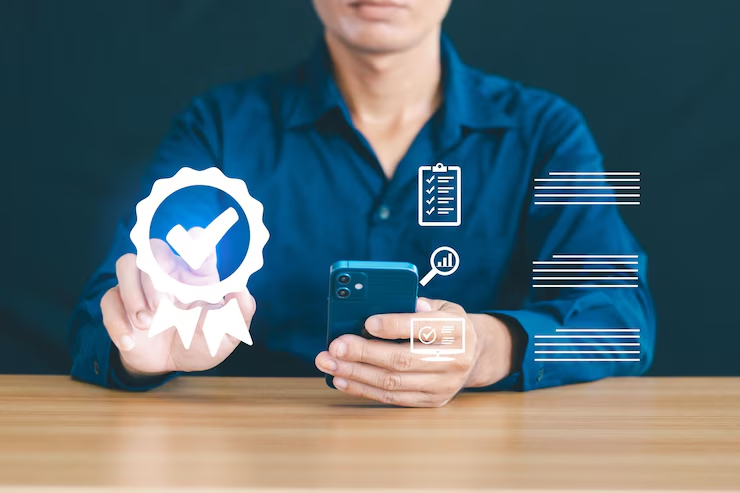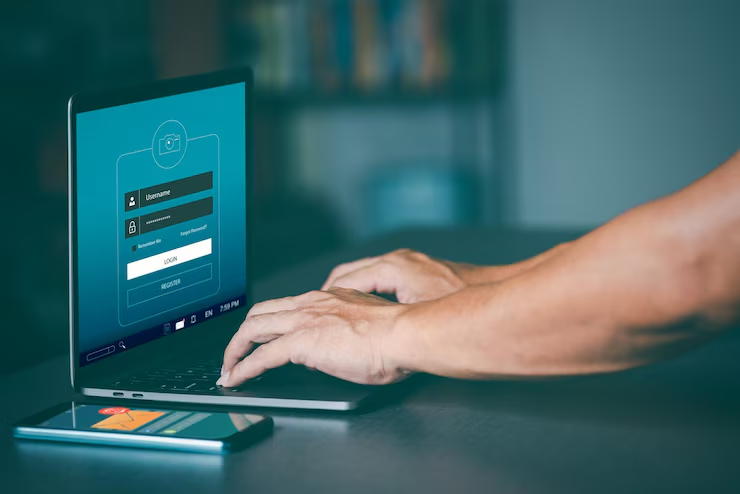Introduction
In 2025 smartphones are no longer just tools for calling and texting.A Beginners Guide to Smartphone Privacy. They are our digital wallets health trackers personal assistants and gateways to the internet. But with convenience comes risk As more people live their lives online privacy threats have grown in number and sophistication.
Whether youre a tech-savvy user or just getting comfortable with your smartphone understanding how to protect your privacy is more important than ever
This beginner-friendly guide will walk you through practical steps to safeguard your smartphone and keep your personal information safe online
smartphone Privacy
Smartphone privacy refers to protecting your personal information online activity and app usage from unauthorized access This includes everything from you
Contacts and text messages
Location and browsing history
Photos and videos
Emails and login credentials
Banking and payment details
Without proper protection, this data can be accessed shared or even sold without your knowledge. Hackers, apps advertisers and even governments can track your behavior if your privacy settings arent configured correctly.
Smartphone Privacy Matters in 2025
In the age of AI smart assistants and cloud storage, smartphones collect more data than ever. Heres why protecting your privacy is critical
Data breaches can expose sensitive information.
Apps may track you even when you’re not using them.
Cybercriminals target smartphones for identity theft.
Public WiFi networks are easy targets for data interception
Targeted ads and tracking can lead to loss of anonymity
Protecting your smartphone is not just about security its about maintaining control over your digital life.
Understand What Data Your Phone Collects
Most users are unaware of how much data their phones gather. From location tracking to microphone access, your phone is constantly collecting information.
Key data your phone may collect
Location (via GPS)
Search and browsing history
App usage habits
Camera and microphone input
Contacts and calendar details
Start by going to your phone’s Privacy Settings to see whats being collected—and by which apps.
Review and Adjust Privacy Settings

Whether youre using an Android or iPhone, your device has built-in settings to help you control your privacy.
iPhone users
Go to Settings Privacy & Security
Review access for Location Services Microphone Camera Contacts Photos
Android users
Go to Settings Privacy
Tap on Permission Manager to manage app permissions
Disable Usage & Diagnostics sharing
Make it a habit to review these settings every few months.
Download Apps from Trusted Sources Only
Avoid downloading apps from third-party websites Stick to official stores like the Google Play Store or Apple App Store which scan apps for malware and suspicious behavior.
Tips
Read reviews before installing
Check the app’s privacy policy
Watch out for apps asking for unnecessary permissions
Example A calculator app shouldn’t ask for access to your location or contacts.
Use a Privacy Focused Browser and Search Engine

Popular browsers like Chrome and Safari are convenient but they may track your activity. Switch to a browser designed with privacy in mind.
Top privacy browsers
DuckDuckGo: Blocks trackers and doesnt store search history
Firefox Focus Automatically erases history and cookies
Brave Built in ad blocker and HTTPS upgrades
Also consider using DuckDuckGo or Startpage as your default search engine.
Set Strong Passwords and Use 2FA
Your accounts are only as secure as your passwords. Avoid common or easy-to-guess passwords, and don’t reuse them across apps.
Best practices:
Use a password manager like Bitwarden or Password
Enable two factor authentication wherever possible
Avoid saving passwords in your browser
With 2FA even if someone guesses your password they wont be able to log in without your second verification method.
Avoid Public WiFi Without a VPN
Public Wi-Fi networks are convenient but risky. Hackers can easily intercept your data when youre connected to an unsecured network.
Safer options
Use your mobile data instead of public Wi-Fi when accessing sensitive information
Use a Virtual Private Network to encrypt your internet connection
Top VPNs for 2025 NordVPN ProtonVPN Surfshark and ExpressVPN
Disable Unused Features Like Bluetooth & Location
Leaving Bluetooth, GPS, or NFC enabled all the time can leave your phone exposed.
When not in use:
Turn off Bluetooth to prevent unsolicited device connections
Disable Location Services for apps that don’t need it
Limit background data usage and location tracking
Some apps continue collecting data even when they’re not open. Be selective.
Limit App Permissions
Apps often request more access than they need. You can manually control what each app can access.
Go to:
Settings > Apps > Permissions
Then choose which apps can access your:
Camera
Microphone
Location
Contacts
Files
If an app doesn’t need that feature to function, deny access.
Clear Cach Cookies and Old App Data
Apps and browsers collect cached data and cookies that can be used to track your behavior.
Clear your data
Browsing history
App cache and cookies
Old messages and downloads
Temporary files and unused apps
On Android you can go to Settings Storage Cached Data On iPhone use Offload Unused Apps under General iPhone Storage.
Say No to Always On Listening
Some smart assistants and apps listen for commands like Hey Siri or “OK Google. While helpful this always-on mode can also pose a privacy risk.
Disable listening
iPhone Settings Siri & Search Listen for Hey Siri
Android Google App Settings Voice Hey Google detection
You can still use voice assistants, just not in passive-listening mode.
Be Mindful of Your Photos and Metadata
Every photo you take contains metadata like date, time, and location. If shared online, this information could reveal more than you intended.
Privacy tips for photos:
Disable location tagging in your camera settings
Remove metadata before sharing photos
Avoid uploading sensitive images to untrusted apps
Apps like Photo Exif Editor or iOS Shortcuts can help you strip metadata easily.
Regularly Update Your Phone and Apps
Security updates patch vulnerabilities and fix bugs. Outdated apps and OS versions leave your device open to exploitation.
How to stay current
Enable auto-updates for apps
Check for OS updates weekly
Delete apps you don’t use anymore
Updating regularly is one of the easiest ways to stay protected.
Stay Informed About Digital Privacy
Privacy is not a one-time setup—it’s a continuous process. Stay up to date with:
Trusted tech news websites
Digital privacy blogs like Phonifyo
Alerts from your phones security or antivirus app
Knowing what to look out for can help you respond quickly to new threats
Quick Checklist Smartphone Privacy Essentials
Heres a summary of what every beginner should do to protect their smartphone privacy
Use strong passwords and 2FA
Adjust privacy settings for apps and system features
Avoid public Wi-Fi without a VPN
Download apps only from trusted sources
Use a privacy focused browser and search engine
Review and limit app permissions
Clear cache cookies and app data regularly
Turn off camera and location access when not needed
Update apps and your OS frequently
Stay informed about privacy trends
Conclusion
In a hyper-connected world privacy is power Your smartphone is a valuable tool but without proper care it can become a privacy liability.
The good news is that you dont need to be an expert to take control. By applying the simple beginner friendly steps in this guide you can drastically improve your mobile privacy and enjoy the internet with confidence.
Start today. Because the more you protect your data now, the less youll have to worry about tomorrow.


